Boundaries and Relationships
Navigating our relationships, whether they be family, friends, or others, can be incredibly tricky. As we get older, we’ll meet more people and create more relationships. In order to make each relationship work, it’s essential to develop and maintain healthy boundaries.
What is a Boundary?
Think of a boundary like this: a boundary is something that allows you to keep what you want close to you, and what you don’t want away from you. This can be people, objects, concepts – whatever you want! The main idea is that a boundary is something you maintain to keep yourself safe and comfortable.
There are multiple types of boundaries, with the main types being hard and soft. But what’s the difference?
Hard vs. Soft Boundaries
A hard boundary is something that is fixed, something that doesn’t let things in or out. In other words, a hard boundary is always enforced. A good example of a hard boundary is to not drink and drive. No matter the circumstances, you don’t cross the boundary of driving under the influence because it risks your safety as well as the safety of others.
A soft boundary is something that is determined by situations or by other people. Unlike a hard boundary, a soft boundary isn’t always enforced. Using the car example again, a soft boundary could be not allowing anyone to drive your car. However, in the event of you being intoxicated – you allow your friend to drive your car for you. In this circumstance, you cross your boundary of not letting others drive your car to avoid driving under the influence.
Here’s another way of thinking about hard and soft boundaries: hard boundaries are black-and-white, whereas soft boundaries are more gray. Although I used the example of drinking and driving, your boundaries are whatever you make them. As mentioned before, boundaries can relate to people, objects, and even concepts.
Boundaries and Other People
In addition to hard and soft boundaries, there are types of boundaries that we don’t always consider. For example, would you hug a stranger? What if a stranger hugged you? How would you react?
Consider the following boundaries and how they impact your day-to-day life:
Physical – personal space and touch; would you hug a stranger?
Emotional – sharing personal information with others; when is that appropriate?
Digital – online/internet choices; what should you share?
Time – how do you spend your time?
Moral – socially and personally accepted beliefs; would you steal from the homeless?
Abstract – personal thoughts and ideals; what is morally and conceptually important?
These boundaries almost seem too obvious, right? Let me ask you this, what happens if you don’t set these boundaries? Yes, society has decided that hugging strangers is uncomfortable and stealing from the homeless is wrong – but what about setting these boundaries with your friends? Your family? Is it somehow different?
Boundaries and Relationships
Before I learned anything about boundaries, I hadn’t given boundaries, or boundary types, much thought. As previously stated, boundaries were things that seemed to be common sense. However, I’ve learned that some boundaries need to be explicitly stated.
Forming healthy boundaries can reinforce your need for personal safety and comfortableness. Although we’re ideally comfortable with family and friends, forming boundaries with others can improve your relationships. It opens a line of communication about what is, and what isn’t, okay.
Your boundaries should revolve around you, and what makes your life easier to manage and maintain.
You have a voice for a reason, don’t be afraid to use it!
Boundaries and Yourself
The toughest lesson about boundaries is acknowledging that we need to set boundaries with ourselves too. Unlike boundaries with others, we can lie to ourselves and bend the rules – yikes!
In the example of self-care, boundaries are critical. Sometimes making yourself the biggest priority is hardest, but it’s the most important. Whether it revolves around work, personal health, or even dinner with friends – it’s okay to choose yourself.
My favorite example of personal boundaries are the boundaries we set with work. As we all know, work can be incredibly exhausting and stressful. Some of us may feel pressure to show-up early and to leave late, others may feel pressure to compete against their peers. Either way, work isn’t always the most inviting environment. Keeping that in mind, it’s important to set boundaries with ourselves in relation to work. For example, don’t take work home if you don’t have to! If it’s a holiday, or the weekend, enjoy that day as it was meant to be enjoyed – work will always be there. Another example could be to take a 10-minute break at lunch to get some fresh air, or just taking a lunch break in general. Making these boundaries, hard or soft, gives us the ability to breathe.
I’ll be honest with you, boundaries are pointless if you don’t honor them. When you create boundaries, it’s important to make sure you’re not only talking the talk – but you’re also walking the walk. So let me ask you this: what are your boundaries?
Dariah Wixon,
Counseling Intern
MORE BY INTERNS











